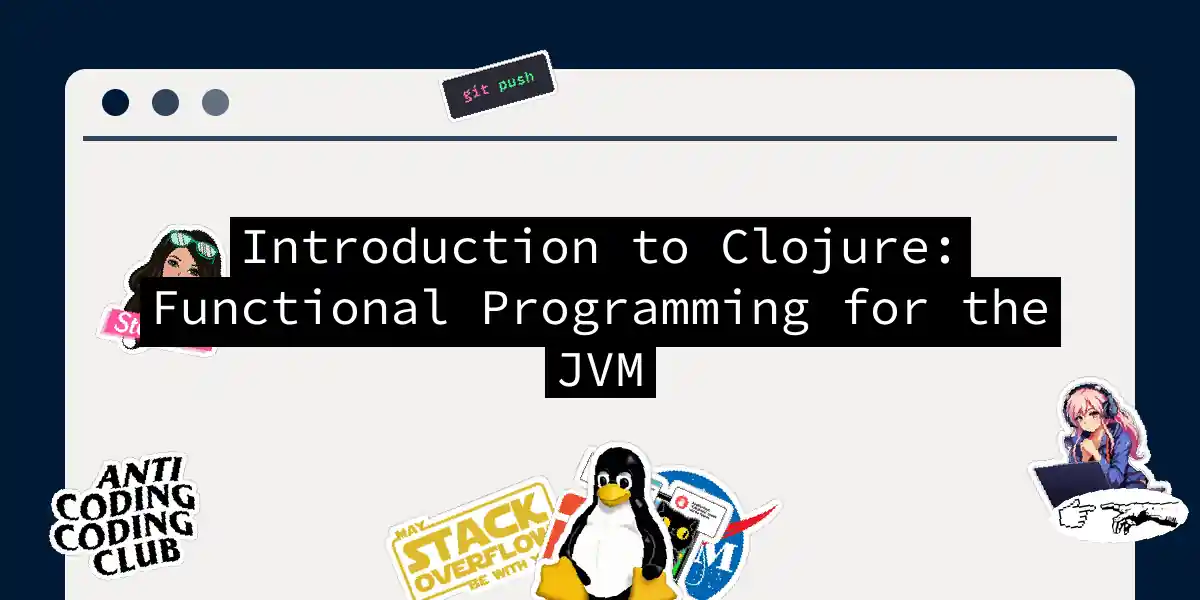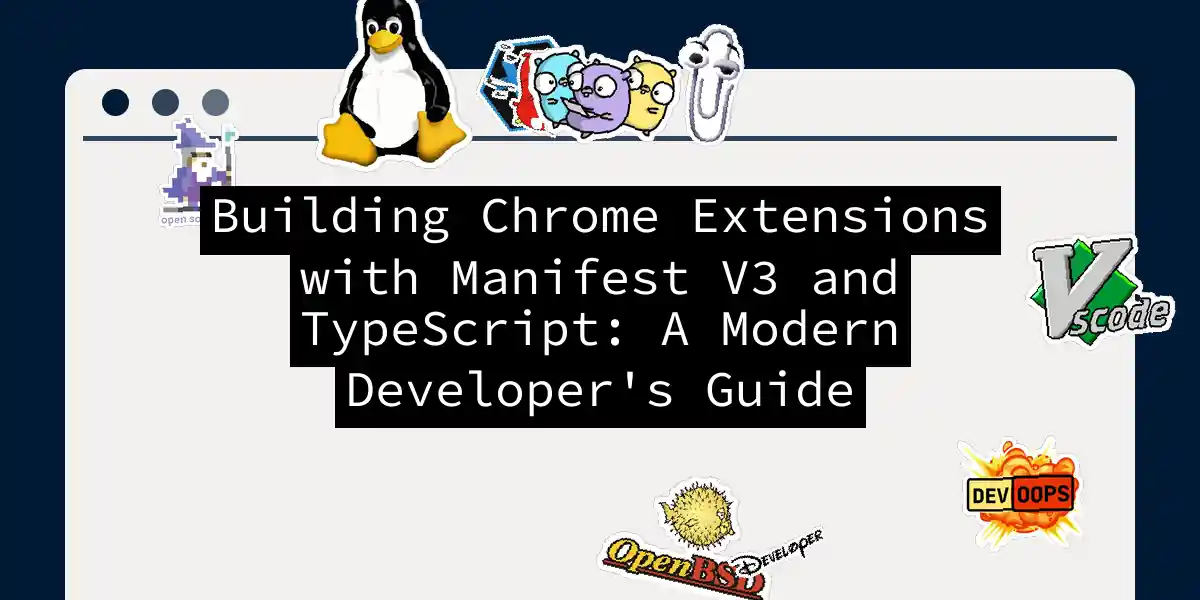
Introduction to Clojure: Functional Programming for the JVM
Why Clojure? A Love Letter to Parentheses If you’ve ever looked at Clojure code and thought, “Did someone spill a keyboard of parentheses into my text editor?”, congratulations – you’ve just experienced the most honest reaction to Lisp-family languages. But here’s the thing: once you get past the parentheses parade, you’ll discover that Clojure is like the cool cousin who actually has interesting things to say at family dinners. It’s a modern Lisp dialect that runs on the Java Virtual Machine (JVM), combining the elegance of functional programming with the pragmatism of the JVM ecosystem....



